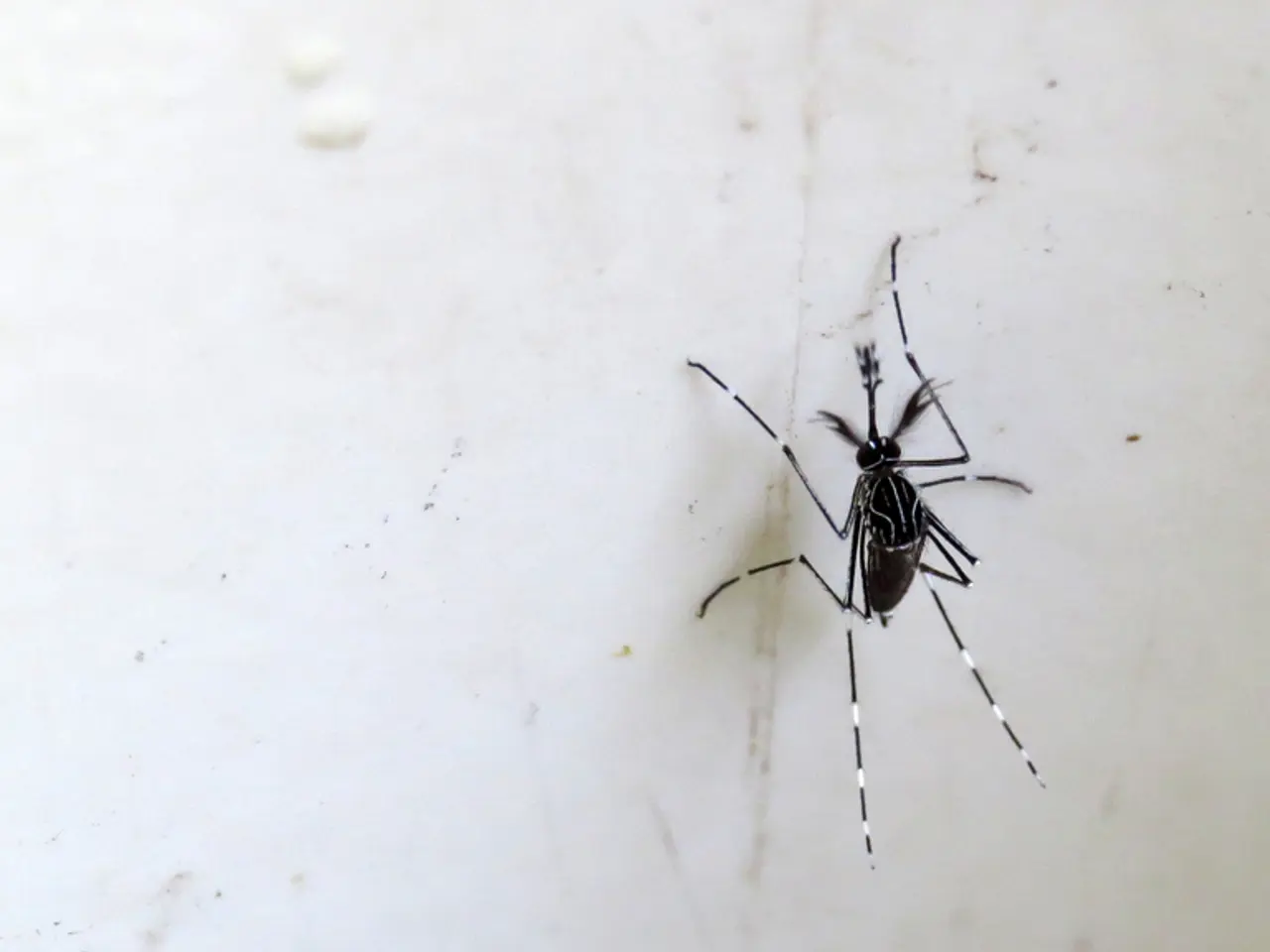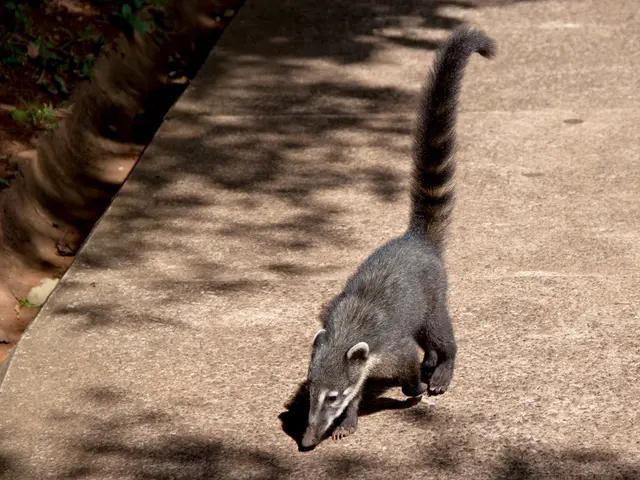The Virus Behind Chickenpox: An Explanation
Yakutia, located in northeastern Siberia, Russia, is unlikely to face a significant threat from Chikungunya fever due to its cold climate and the local mosquito species present.
The primary mosquitoes that transmit the Chikungunya virus, Aedes aegypti and Aedes albopictus, thrive in warmer, tropical, and subtropical climates. These regions include southern China and parts of southern Russia, where recent outbreaks have been reported.
While there have been anecdotal mentions of Chikungunya cases rising in Russia, based on TikTok clips, these sources do not confirm the presence of sustained transmission in Yakutia specifically. The key risk areas for Chikungunya currently include warmer regions, notably southern China and warmer southern parts of Russia, not the far north like Yakutia.
Epidemiologist Gennady Onischenko has stated that closing Russia's borders with China would be pointless, given the virus's transmission dynamics. However, the Russian government, through Rospotrebnadzor, continues to monitor the situation closely.
Chikungunya fever is a viral disease transmitted by mosquitoes that can cause severe joint pain, fever, nausea, skin rash, and swelling. Most cases are mild, but it can lead to complications in older individuals and those with underlying chronic conditions. Complications may involve the nervous, cardiovascular, and musculoskeletal systems.
For individuals planning to travel abroad, particularly to countries like China, Thailand, Vietnam, and African nations, health authorities advise using insect repellents, requesting mosquito nets, wearing light, loose clothing, and avoiding prolonged stays near artificial bodies of water and mosquito breeding grounds. Tourists returning from endemic countries who develop symptoms like fever, weakness, malaise, rash, and severe joint pain should seek immediate medical attention.
In the event of travel to areas with a higher risk of Chikungunya transmission, it is essential to take necessary precautions to minimise the risk of infection. However, for Yakutia residents and visitors, the risk appears to be minimal due to the region's climate and mosquito species.
- Despite the rising cases of Chikungunya in Russia anecdotally mentioned, the region of Yakutia, due to its cold climate and local mosquito species, is unlikely to face a significant threat from Chikungunya fever, which primarily affects warmer regions such as southern China and certain parts of southern Russia.
- While epidemics of Chikungunya fever have implications for health-and-wellness, impacting the nervous, cardiovascular, and musculoskeletal systems in some individuals, particularly those with chronic conditions, the risk of transmission in Yakutia appears to be minimal.
- Although Chikungunya fever can be a concern for travelers planning to visit warmer regions, where Aedes aegypti and Aedes albopictus mosquitoes commonly thrive, the risk for individuals residing or visiting Yakutia, due to its unique climate and mosquito species, appears to be negligible.




